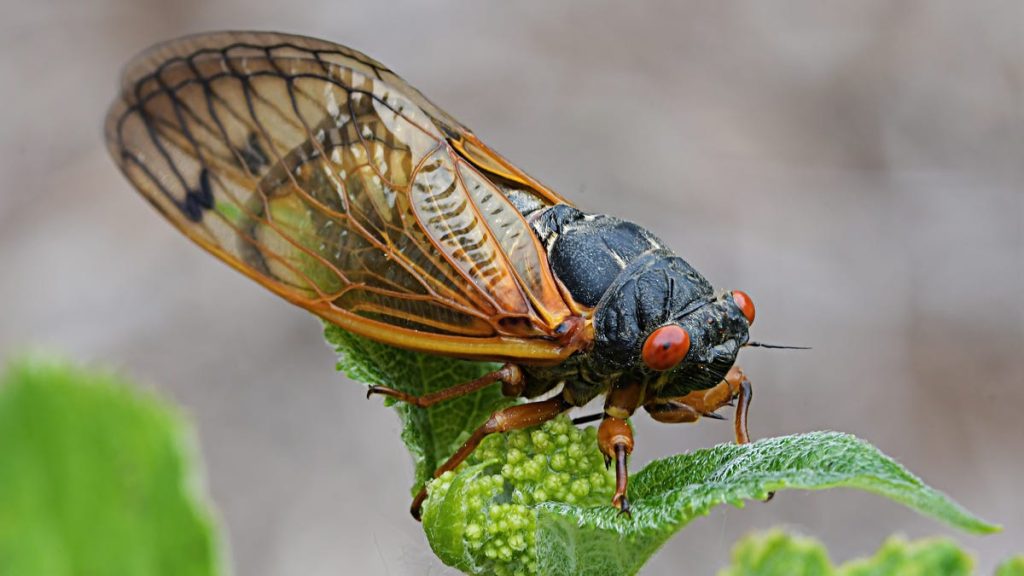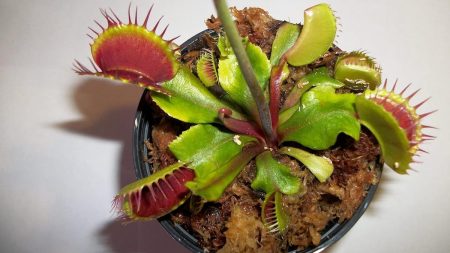The Audubon Insectarium in New Orleans is preparing for the emergence of cicadas in the US by testing out cicada recipes, such as a green salad with fried cicadas on top. This year is being dubbed “cicada-geddon” due to the expected emergence of two different broods of periodical cicadas, which only emerge every 13 or 17 years. The noise from these cicadas can be quite loud, but they are harmless insects that do not bite or sting.
Brood XIX, also known as the Great Southern Brood, is the largest brood of 13-year periodical cicadas and is expected to emerge in various states in mid-May through late June. Brood XIII, the Northern Illinois Brood, is another 17-year cicada brood that will emerge around the same time in states like Illinois, Indiana, and Iowa. These cicadas have black bodies with red-brown eyes and membranous wings with orange veins.
To manage the noise from cicadas, experts recommend using noise-canceling headphones, white-noise machines, earplugs, or DIY soundproofing methods. Climate change may also impact the cicada population, causing them to emerge earlier due to warmer temperatures. Researchers are interested in studying this phenomenon, and citizen scientists can help by reporting cicada sightings through the Cicada Safari app developed by Gene Kritsky.
While cicadas may not harm mature trees, they can cause damage to new, small trees by laying eggs in their branches. To protect these trees, you can wrap their trunks with cheesecloth, foil tape, or barrier tape. Despite their potential nuisance, cicadas can also be consumed as food, with some people finding them to be quite tasty. If you’re adventurous enough to try cicadas, just be cautious if you have seafood allergies, as cicadas are related to shrimp and lobster.















